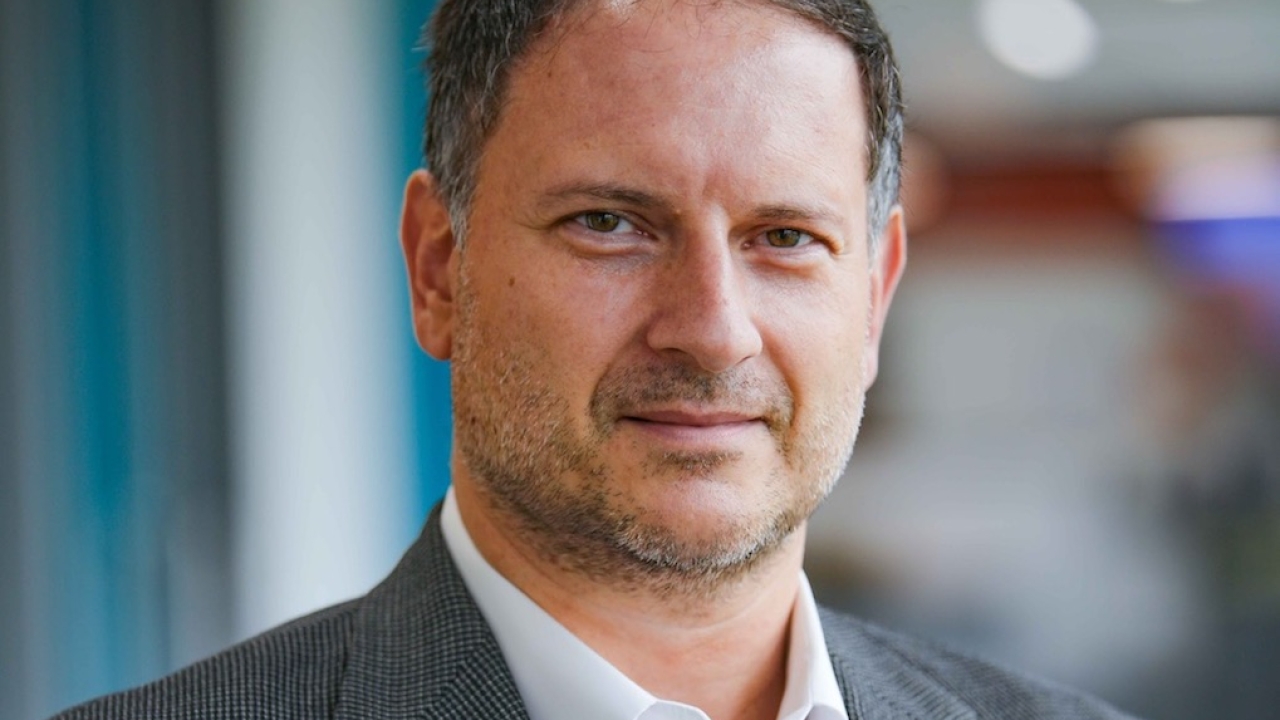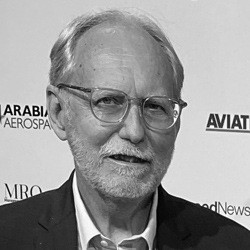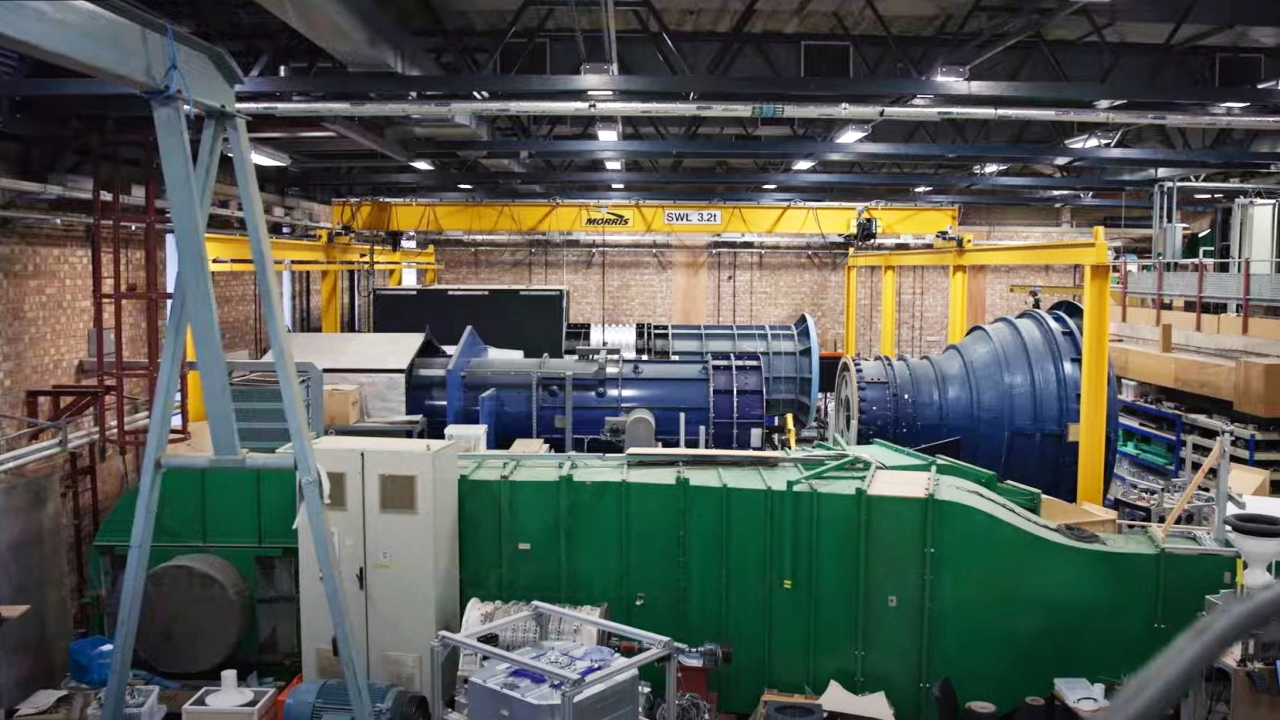Emirates' SAF demo flight a first for the Middle East
In late January, Emirates successfully completed the Middle East’s first demonstration flight using 100% SAF with a Boeing 777-300ER powered by GE90 engines.

Dr Gurhan Andac: “It’s extremely important to ensure that the new fuel technologies introduced are safe.” Picture: GE Aerospace.
One of the twinjet’s engines burned SAF exclusively during the flight to demonstrate the capacity of unmodified GE90 engines to run on a 100% SAF blend without affecting performance – the so-called ‘drop-in’ approach.
Dr Gurhan Andac, GE Aerospace’s engineering technical leader for aviation fuels and fuel additives, told Arabian Aerospace the testing “adds to the body of data around SAF blends in high proportions”.
“For the manufacturers and for us at GE, it’s extremely important to help ensure that the new fuel technologies introduced are safe,” said Andac.
“Apart from the flight itself, there are learnings for the region’s aviation industry regarding logistics in bringing in SAF and using it in flight operations. Certainly, there’s more [testing] work to be done.”
As important, he said, was the flight’s “public demonstration to the world that we can bring sustainable fuels to aviation”.
For the flight-test, a blend of two SAF types was used: synthetic paraffinic kerosene (HEFA-SPK) produced by Neste of Finland, and synthetic aromatic kerosene (HDO-SAK) from Virent Inc of Wisconsin, USA. The blend results in a fully synthetic fuel that is equivalent to Jet A/A-1.
Andac, who also chairs the international committee of ASTM International (formerly known as the American Society for Testing and Materials), which maintains the global standard specification for synthetic aviation turbine fuels, said GE is proud of its involvement with numerous airlines in advancing SAF use as part of the decarbonisation of aviation toward the industry goal of carbon neutrality by 2050.
GE’s advances in new, more fuel-efficient flight technologies, such as hybrid electric aircraft engines and advanced engine core and combustion designs, “will not replace the need for SAF”, said Andac, “and they will not be in service until the mid-2030s.
“SAF, on the other hand, is fleet-wide and infrastructure-wide applicable solution that is available now, at least from a technology perspective.”
Stay up to date
Subscribe to the free Times Aerospace newsletter and receive the latest content every week. We'll never share your email address.


